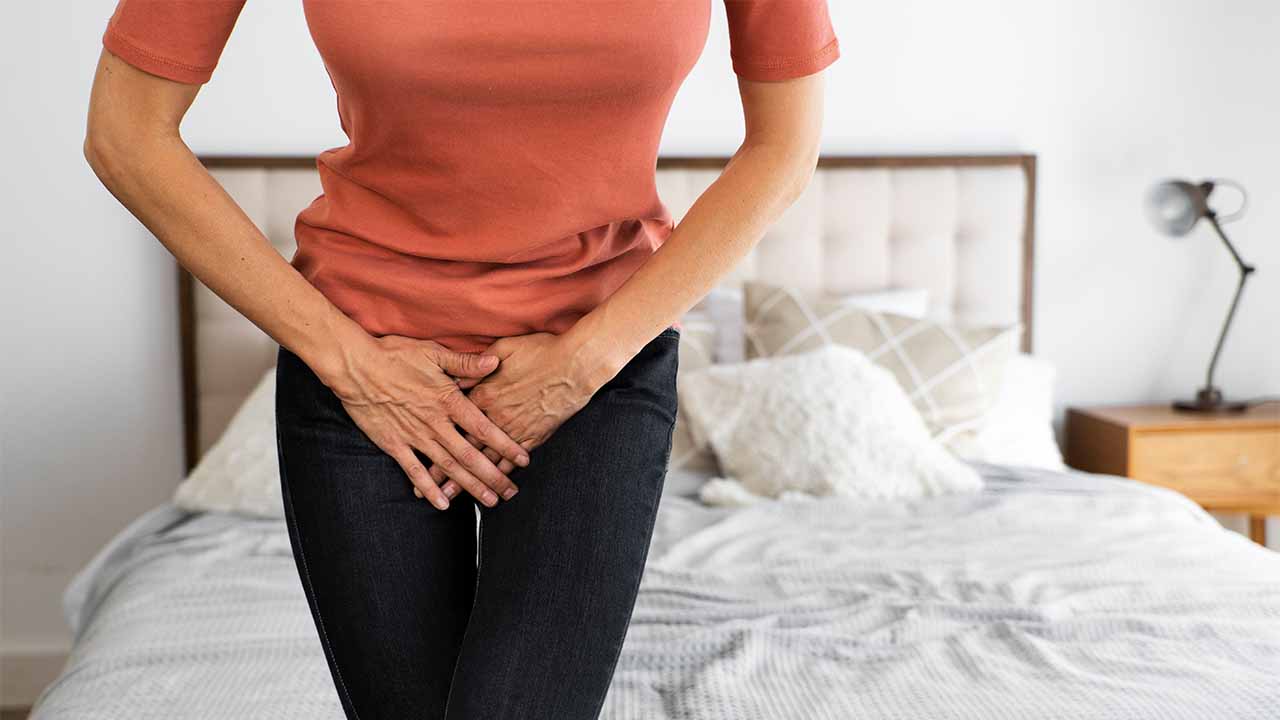
Anatomy plays a critical role in vulnerability. The urethra in women is shorter and located closer to the anus. This physical structure increases bacterial access. Escherichia coli often travels from the gut. Once inside the urinary tract, it adheres to bladder walls. The body’s flushing mechanisms may not remove it quickly. Infection begins with irritation and grows rapidly without treatment. Many women don’t notice symptoms until discomfort becomes intense.
Burning during urination is often the first warning sign
Symptoms develop with speed and discomfort. Burning during urination is often the first warning sign. The sensation intensifies with bladder fullness. Some women describe pressure or sharp pain. Urgency can become constant, even after emptying the bladder. Color or smell of urine might change subtly. Cloudiness and strong odor usually follow. Fever or back pain may indicate ascending infection.
UTIs are more common after sexual activity due to increased bacteria movement
Lifestyle patterns influence risk. UTIs are more common after sexual activity due to increased bacteria movement. Friction can push microbes toward the urethra. Urinating before and after intercourse reduces exposure. Some women require prophylactic antibiotics after sex. Birth control methods like diaphragms may raise susceptibility. Intimate hygiene practices also matter. Wiping direction and soap type affect outcomes.
Estrogen levels influence bacterial resistance in the urinary tract
Hormonal fluctuations affect protection. Estrogen levels influence bacterial resistance in the urinary tract. Postmenopausal women often face increased infection rates. Lower estrogen weakens mucosal barriers. The lining of the bladder becomes thinner. Natural flora also decreases, reducing competition against harmful microbes. Vaginal estrogen therapy may restore some protection. Hormonal balance is not the sole factor but contributes meaningfully.
Incomplete bladder emptying allows bacteria to multiply more easily
Mechanical issues contribute as well. Incomplete bladder emptying allows bacteria to multiply more easily. Some women retain urine due to muscle weakness. Others experience obstruction from pelvic organ prolapse. Neurological disorders can delay bladder signals. Retention gives pathogens extra time to colonize. Recurrent infections often result from incomplete voiding. Post-void residual checks identify this hidden cause.
Pregnancy alters urinary flow and compresses the bladder
Gestational changes increase vulnerability. Pregnancy alters urinary flow and compresses the bladder. Hormones loosen ureter walls and slow peristalsis. Urine may back up into the kidneys. Pressure from the uterus restricts bladder capacity. Pregnant women may not fully empty during urination. Asymptomatic bacteriuria becomes a concern in these months. Regular screening during prenatal care helps early detection.
Cranberry supplements may reduce adherence of bacteria to the bladder lining
Natural remedies gain attention. Cranberry supplements may reduce adherence of bacteria to the bladder lining. They contain compounds that block bacterial binding. This doesn’t kill microbes but impairs attachment. Results vary among users and formulations. Unsweetened options are preferred over juices. They offer minimal benefit once infection is present. Prevention is their strongest role in recurrent cases.
Antibiotics remain the primary treatment for active urinary tract infections
Medical management remains essential. Antibiotics remain the primary treatment for active urinary tract infections. Choice depends on severity and resistance patterns. Trimethoprim, nitrofurantoin, and fosfomycin are common options. Duration ranges from three to seven days. Recurrent UTIs may require rotating regimens. Overuse increases resistance risk, so culture testing is advised. Follow-up ensures complete eradication.
Some infections ascend to the kidneys if left untreated or poorly managed
Complications can arise from delay. Some infections ascend to the kidneys if left untreated or poorly managed. Pyelonephritis brings fever, chills, and flank pain. Hospitalization might be needed for intravenous antibiotics. Dehydration worsens the course significantly. Permanent kidney damage remains rare but possible. Prompt action prevents progression beyond the bladder.
Recurring infections may require urological evaluation and personalized strategies
Chronic cases require deeper inquiry. Recurring infections may require urological evaluation and personalized strategies. Imaging identifies anatomical anomalies. Cystoscopy examines bladder health directly. Behavioral interventions complement medical solutions. Adjusting hydration, timing, and hygiene reduces recurrence. Some women benefit from prophylactic regimens. Self-start antibiotic protocols are sometimes offered.
